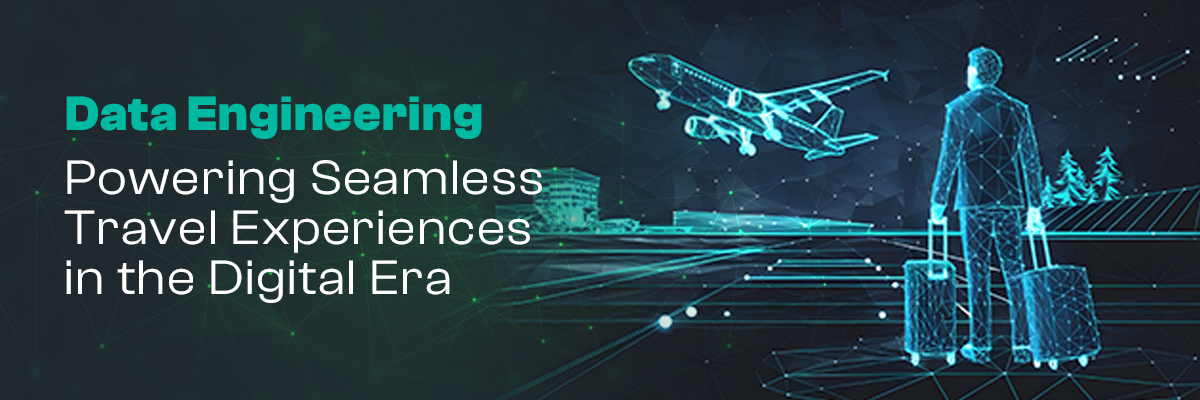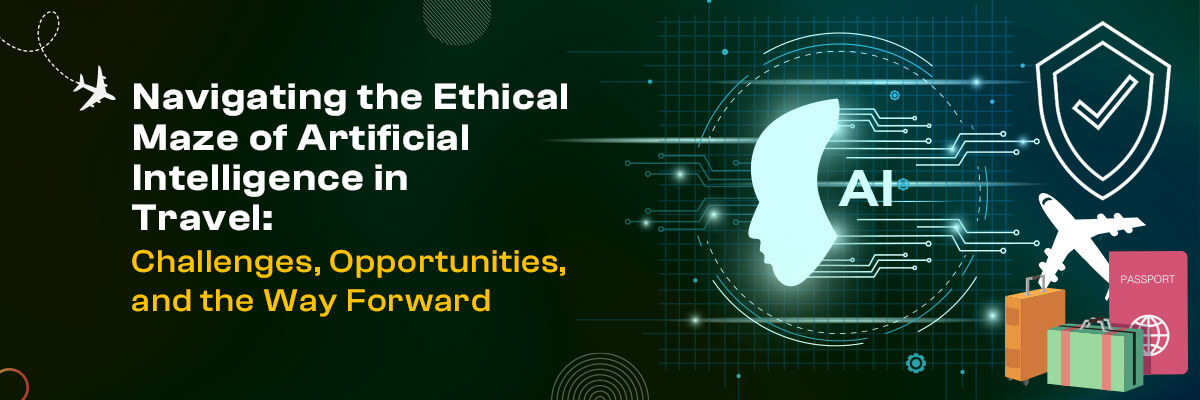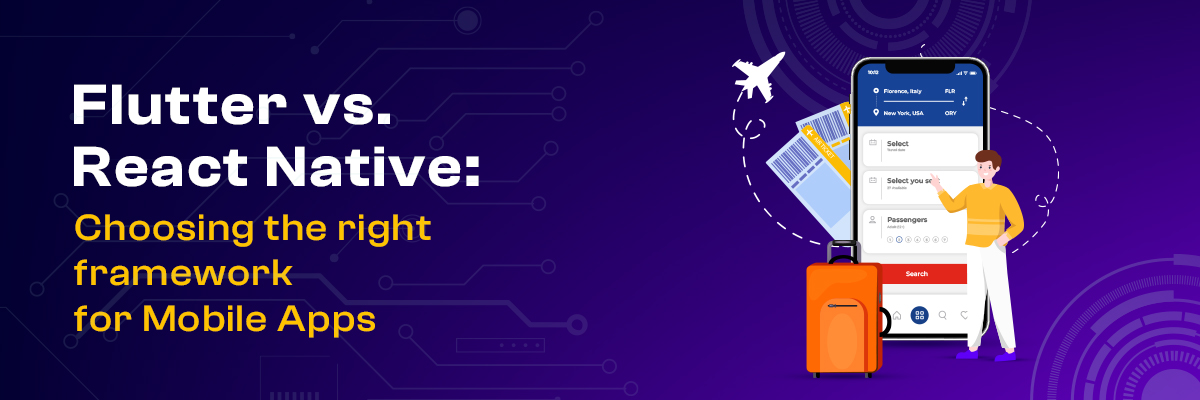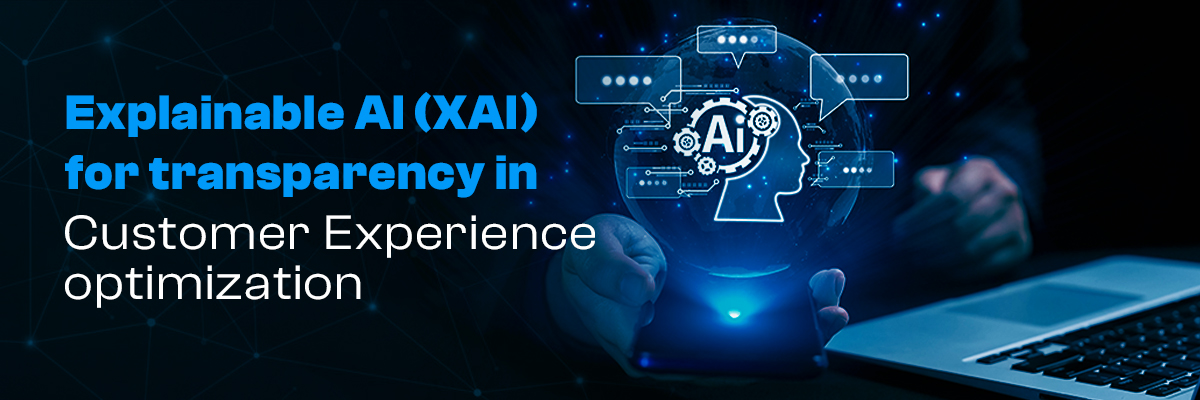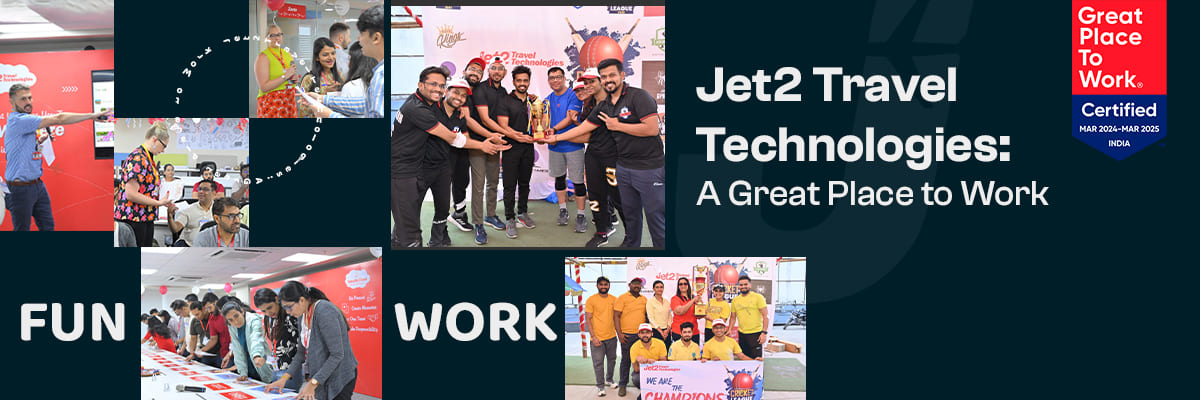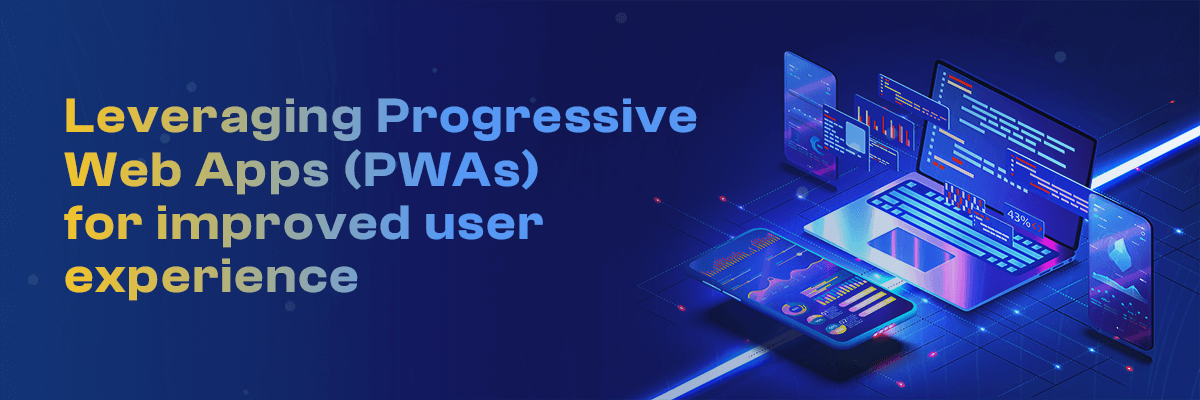Travelling today is more connected, fast-paced, and complex than ever before. From booking flights and hotels to real-time travel updates, the modern traveller expects a seamless experience. Behind the scenes, data engineering is the invisible force ensuring smooth operations, personalised recommendations, and instant updates.
In a world where millions of travel data points are generated every second, search queries, flight bookings, hotel reservations, and customer reviews, data engineering turns raw information into smart insights. It enhances customer experiences, optimises pricing strategies, prevents fraud, and even promotes sustainability in travel.
Data Engineering in Travel Settings
Every single second, massive amounts of data are being generated in the travel business- search queries, flight bookings, hotel bookings, customer reviews, location data, and so on. Data engineering ensures that raw data is well collected, processed, organized, and made accessible for real-time decision-making.
Responsibilities of Data Engineering in Travel
- Integrating Data– Bringing all data together, from bookings to social media, from IoT sensors to airlines/hospitality databases.
- Building the Data Pipeline- Developing reliable data systems that turn raw data into valuable insights, helping businesses make smarter, real-time decisions.
- Real-Time Processing- Delivering instant updates regarding flight status, travel disruptions, or personalized offers.
- Data Quality Checks- Ensuring the accuracy, consistency, and timeliness of data from all sources.
Personalizing and Making Smart Suggestions
Personalization has become a necessity for a traveler, not a luxury. Data engineering provides hyper-personalized experiences by combining historical customer preferences and search behavior with external factors like weather or local events.
For instance, online travel agencies (OTAs) and airline websites can dynamically recommend flights, hotels, or packages based on user preferences by building data engineering pipelines that prioritize customer satisfaction and conversion rates. According to a McKinsey study, 71% of consumers expect personalization in their interactions with companies, while 76% feel disappointed when interactions aren’t personalized.
Dynamic pricing and revenue management optimization
Travel prices keep changing based on demand, competitor rates, and unexpected events like bad weather. Data engineering helps airlines and hotels adjust prices in real time to stay competitive and increase revenue.
It powers smart pricing systems that constantly analyze data and update prices for flights, hotels, and rentals.
For example, airlines use past booking trends and current demand to change ticket prices within seconds. This strategy, called yield management, helps them maximise profits while offering fair prices to travellers.
Improving Operational Efficiency
Every travel service provider has one thing in common: the operations are driven by operational data. Airlines, hotels, and others depend on operational data to keep the different processes going. Data engineering predicts maintenance needs, tracks inventory, and allocates resources in real time.
An airline may use sensors placed on aircraft to monitor them in real time so that it can tell when aircraft require maintenance; it minimizes delays that come as a result of surprises.
Hotels analyse booking trends to predict occupancy, helping them schedule staff efficiently and manage inventory based on expected demand.
The availability of resilient data platforms enables travelers to automate the workflow of operations, thereby improving efficiencies in resources and consumers’ travel experiences.
Powering Real-time Notifications and Proactive Service
The travel market has been a fast-moving market in travel. Real-time important information, short, the work of data engineering enables travel companies to notify customers instantly about changes to flight schedules, gate info, or disruptions due to weather.
For instance, when a passenger is aware of a flight delay through the help of a data pipeline, some personal SMS or app notifications will be triggered almost instantly with options for rebooking or applying for compensation. Proactive service fosters more trust for the customer and lessens frustration at times of disruption.
Data Engineering and Travel Scam Prevention
Travel is the main target for fraudulent transactions, ranging from fake bookings to the exploitation of loyalty programs. Data engineering is a very important part of fraud detection through:
- Anomaly detection algorithms to track real-time booking patterns.
- Evidence from multi-source data correlation for mismatch in travel documents or suspicious behaviors in payment.
- Geospatial analysis for transactions coming from a high-risk area.
Fraud detection systems analyse booking patterns and payment behaviours to spot suspicious transactions, protecting both travellers and businesses from scams.
Encouragement of Initiatives for Sustainability
Today, Sustainability is a priority for both travellers and the industry. Data engineering helps track carbon emissions, optimise flight routes, and suggest eco-friendly options to conscious travellers. Data engineering now helps travel organizations to follow the trend of reducingtheir carbon footprint as follows:
- Monitoring fuel consumption and optimizing flight routes to minimize emissions.
- Measuring the energy consumption of hotels and recommending the implementation of efficiency measures.
- Allowing eco-minded travelers the freedom to filter and choose from real-time data on travel options.
These data-driven initiatives make it easier for travel companies to comply with regulations while also shaping customer preferences toward more sustainable travel choices.
The Challenges of Data Overcoming in the Travel Industry
While data engineering offers incredible benefits, the travel industry still faces some key challenges:
- Data Siloes – Several travel brands use legacy systems, which do not allow smooth ERP integration with modern data platforms.
- Data Privacy Regulations – Travel companies must comply with data privacy regulations while using customer data, such as GDPR.
- Data Volume and Velocity – In order to handle the enormous real-time data streams coming from booking platforms, sensors, and social media, scalable infrastructure is required.
These modern data platforms and real-time data streams then solve all these problems, causing travel companies to unify data sources as well as remain compliant and process the high-speed data at scale.
Future Outlook: Data Engineering in Travel 2.0
The futuristic travel will perhaps adopt the terms of data. AI and machine learning would then amplify the value of data engineering even further. Here is what to expect:
- Predictive Travel Assistance- These are the AI agents that present personalized itineraries tailored to an up-to-the-minute preference as well as context data.
- Seamless Transition from One Mode to the Other- Data pipelines will forge connectivities between flights, ground transport, and accommodation, making it a seamless end-to-end travel experience.
- Immersive Travel Planning- platforms for augmented reality (AR) and virtual reality (VR) will take real-time data pipelining to showcase previews or interactive booklets of travel experiences.
This combination of superb engineering in advanced data with AI will personalize not only travel experiences but also that of the entire ecosystem, making it robust, efficient, and sustainable.
Conclusion
Data engineering is the bedrock upon which seamless, personalized, and truly efficient travel experiences are built: digital transformations for the travel industry, with everything from dynamic prices to predictive service, every touchpoint can benefit from well-architected data pipelines.
Repurpose data engineering power to deliver seamless travel experiences with Jet2TT solutions. Our innovations turn travel businesses into action-harnessing machines to optimize operations and personalize every customer interaction. See how Jet2TT can drive your journey to this data transformation.


